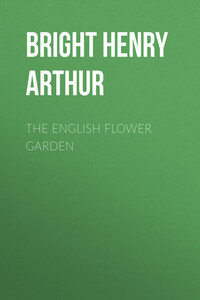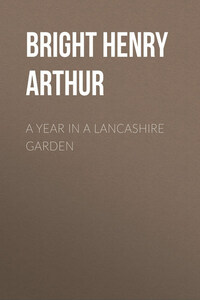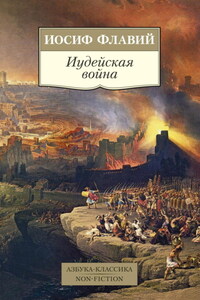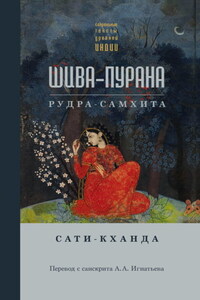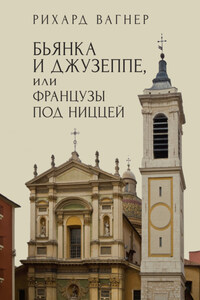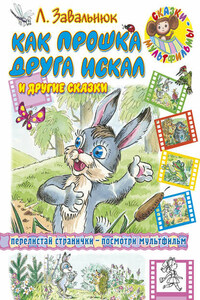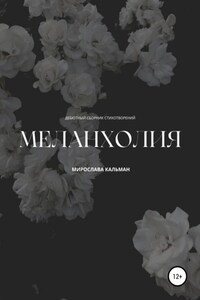It is just a year ago since this Essay on “The English Flower Garden” was published in the Quarterly Review.
It was written with a twofold object: to give in the smallest compass an outline history of English gardens, and to show once again what makes the true charm and happiness of a garden. Many – perhaps too partial – friends have urged me to reprint this article. They have reminded me that, when the immediate circulation of any one number of a Review has ceased, its articles are virtually lost and buried, and they assure me that there are readers who may not have already seen, and who would yet care to read, this Essay. I hardly know how this may be, but I do know how very much I am indebted to the proprietor of the Quarterly for his great kindness in allowing me the opportunity of this reprint. Should this little book succeed in retaining the friends that A Year in a Lancashire Garden was happy enough to make, it will indeed be fortunate. It has been to me a matter of no little surprise (as, naturally, of pleasure) to find from the generous notices of the Press and from numerous private letters from owners of gardens, to whom I am entirely a stranger, that the views I have expressed as to the necessity of a reform in our gardens are very widely held. So long as a garden is only regarded as a means for displaying masses of gay colouring, half the delight and all the real interest of it are gone. It is only when we learn to make friends of individual plants, and recall their history and associations, that a garden becomes a pleasure for the intellect as well as for the senses. But I do not wish to carry my opinions to any extravagant length. It is Voltaire, I think, who says that “a man may have preferences but no exclusions,” and I certainly would exclude nothing that is good in the present system. Bedding-out is occasionally very effective and sometimes necessary; and, on the other hand, a garden – such as I saw suggested somewhere the other day – which should contain only flowers known to Chaucer, would be extremely disappointing. However, bedding-out can take very good care of itself, and Chaucerian gardens will not be largely popular. Meanwhile, I sincerely hope that flowering shrubs and hardy herbaceous plants may be far more generally grown and cared for than they are at present.
It has seemed on the whole best to leave this Essay as it was written. I have made a few verbal corrections and inserted one or two short sentences, and that is all. I have, however, added illustrative Notes on points which seemed of some little interest.
THE ENGLISH FLOWER GARDEN
As spring comes on, the fancy of any man who cares about a garden, “lightly turns to thoughts” of flowers and the gardens where they grow. Never, perhaps, was the art of gardening so popular, – I wish we could say so intelligent, – as at present. The stately homes of England, the villas that line the roads of suburban districts, the cottages clustering round a village green, often even a back yard or window-sill in the heart of some manufacturing town, all testify in their different ways to the desire of having an adornment of flowers. Indeed this desire, as Bacon long ago pointed out, in his famous and often-quoted essay, is as old as man himself; or, if any one prefer to trace back the instinct, not to the Garden of Eden, but to the habits of a bird, he may be reminded of the Gardener Bower-bird (Amblyornis inornata) of New Guinea, who, making a bower for the pleasure of his mate, will decorate the front of it with flowers carefully stuck into the sod.1
Nothing more strikingly shows the interest that is now taken in gardening than the number of books that are published on the subject. Besides those that deal less with the craft of the gardener than with the flowers themselves, we have Manuals of gardening, with their annual and monthly calendars of gardening operations, their practical advice and technical knowledge. Then there are the almost countless catalogues of the nurserymen and seedsmen, which often add excellent, and sometimes coloured, engravings, and always supply much useful information. Moreover, in addition to the gardening articles that appear in the Field and elsewhere, there are no less than six weekly newspapers, and five monthly periodicals, all devoted to gardening. Lastly, from time to time some publication comes out in parts, as a monograph on some particular species or group of plants, which, with its beautifully-painted illustrations, will one day take its place among other magnificent folios in the botanical libraries of the world.
So much has been written about the old English or Elizabethan garden, that I need hardly enter into great detail on the subject. Bacon has told us what his ideal garden was – the outside lawn, the enclosed garden, and the wilderness. Of course few gardens can ever have approached the perfection of which he dreams, but his general type was the type of the garden of his day. He does not approve of “the making of knots or figures with divers coloured earths” near the house; but in the garden proper, which is enclosed by hedges with green alleys running past them, he will allow of “variety of device.” Each month is to have its own flowers, and he values flowers, as Milton seems to have done, more for fragrance than for colour. And the variety of flowers of the old garden was, even in comparatively small places, far greater than we might at first suppose. Thomas Tusser, who was then a Suffolk farmer, published his
